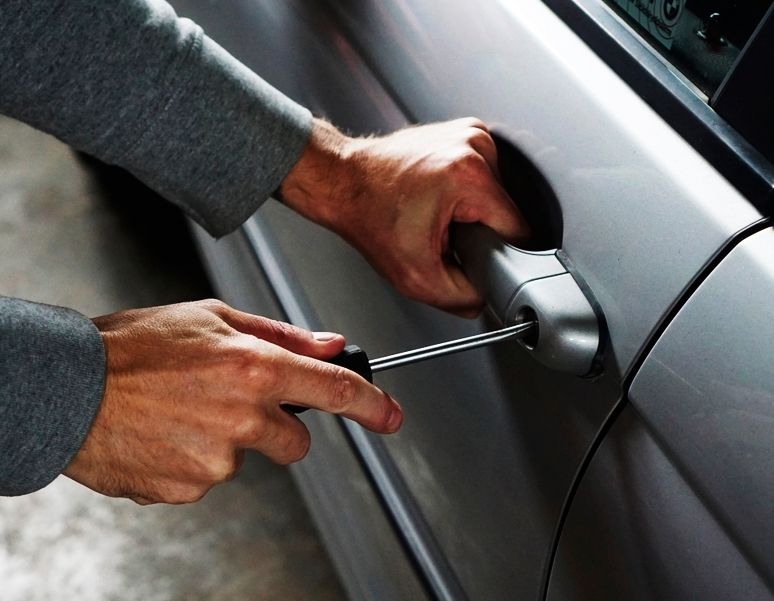
The open road: it’s supposed to be a place of freedom, of journey, of getting from point A to point B without a hitch. Yet, for an increasing number of drivers, it transforms into a gladiatorial arena where tempers flare and a momentary annoyance can spiral into a life-altering legal nightmare. We’ve all felt the le of irritation behind the wheel, but what happens when that fleeting anger mutates into full-blown road rage, and more importantly, what are the shocking legal consequences that can ensue?
Attorney Ugo Lord, an expert in navigating these volatile scenarios, vividly illustrates the chaos and unexpected legal troubles that spring from aggressive driving. His insights underscore a crucial, often overlooked truth: while the phrase “road rage” might not be a specific charge on every legal ledger, the actions it encompasses—from intimidating gestures to outright physical confrontations—are deeply embedded in criminal law. The path from a heated moment to a courtroom can be alarmingly short, riddled with potential charges like reckless driving, assault, and even assault with a deadly weapon, turning a simple commute into a potentially devastating legal battle.

1. **Reckless Driving: When a Lead Foot Becomes a Legal Nightmare**We kick things off with a classic, yet often misunderstood, legal pitfall: reckless driving. According to California Vehicle Code 23103 VC, this isn’t just about going too fast or making a questionable lane change; it’s fundamentally about “intentionally disregarding safety.” This crucial distinction separates a simple traffic ticket from a serious criminal offense. Think about those breathtaking, heart-stopping moments you’ve witnessed—or perhaps, regrettably, been involved in—where someone weaves through traffic like a human pinball, tailgates so closely they might as well be in your trunk, or swerves with a blatant, almost arrogant, disregard for anyone else’s presence on the asphalt. These aren’t just aggressive maneuvers; these are actions that scream reckless driving.
The legal system takes an incredibly dim view of such audacious disregard for public safety. The consequences for engaging in such behavior are far from trivial. If you are caught in the act, you could be staring down fines that can go up to a hefty $1,000. And that’s not all; a sobering stint of up to 90 days in jail could also be on the cards. It’s a stark, often unexpected, reminder that the fleeting thrill of speed or the momentary satisfaction of getting ahead in traffic is simply not worth the potential financial and personal freedom costs that accompany a reckless driving conviction.
But here’s where it truly gets serious, and the stakes become dramatically higher: if someone is injured as a direct result of your reckless behavior, the penalties escalate even further. In such severe cases, the potential for even higher fines and significantly longer jail terms becomes a very real and frightening possibility. The overarching message from the legal system is crystal clear: driving responsibly and actively avoiding dangerous behavior on the road isn’t merely a polite suggestion; it’s an essential legal and moral imperative that can prevent you from facing substantial financial burdens and, crucially, keep you from behind bars, protecting both your liberty and your bank account.

2. **Assault: Words and Gestures Can Be Weapons Too**Next up, let’s dive into the concept of assault within the context of road rage. While many picture a physical altercation, legally, assault can be far more nuanced. It focuses keenly on intent and perceived threat rather than just physical contact. Engaging in overtly threatening behavior or attempting physical force while driving may result in severe assault charges, even if you never lay a hand on anyone. This could include yelling obscenities, making aggressive gestures, or accelerating menacingly towards another vehicle.
The critical takeaway is that physical contact isn’t always necessary for an assault charge to stick. The legal definition highlights actions that make others “fear harm.” Our context clarifies that “raising a fist in a threatening manner, for example, could be sufficient.” These aren’t just expressions of anger; they can be legally interpreted as direct threats designed to instill a reasonable fear of imminent harm. This sets the stage for significant legal repercussions, even from seemingly minor interactions.
If convicted of a misdemeanor assault, the consequences are substantial: a maximum of six months behind bars and fines reaching $1,000. These charges directly result from actions that compel others to reasonably fear harm, illustrating how quickly an emotional outburst transforms into a profound legal challenge. It is crucial for drivers to recognize the severe consequences of threatening actions, as such behavior can leave an indelible mark on a person’s record, jeopardize freedom, and incur significant financial penalties.
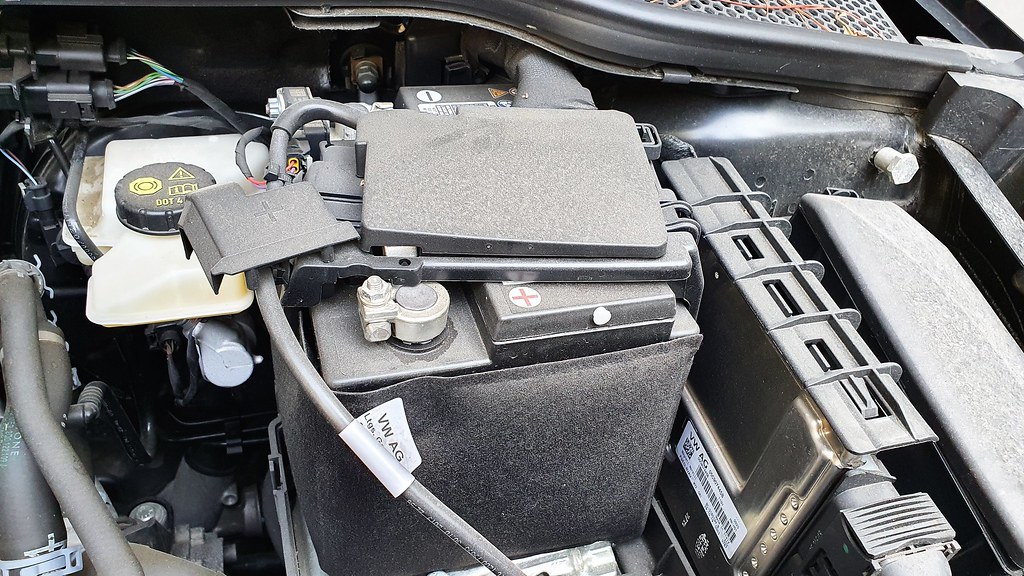
3. **Battery: When Road Rage Gets Hands-On**While assault is about the threat, battery is where things escalate into the physical realm, transforming a tense moment into a genuine physical altercation. When road rage crosses the line into actual physical harm, the legal consequences become significantly more serious under Penal Code 242 PC, which directly addresses these instances. We’re talking about potential battery charges coming into play if there’s any “actual, intentional, and unwanted physical contact” with another person. This could mean a punch through an open window, a shove during a roadside argument, or any physical interaction that causes harm or is merely offensive, regardless of how minor it might seem in the heat of the moment.
The jump from a verbal threat to a physical act dramatically intensifies the legal gravity of the situation. It’s no longer just about causing fear or intimidation; it’s about inflicting direct contact and potential injury upon another person. The law recognizes this crucial distinction with clear differences in how it defines and penalizes these acts. The presence of physical contact signifies a more aggressive and harmful intent, leading to a more severe classification of the offense compared to assault, which can exist solely on the basis of a credible threat.
For those convicted of battery in a road rage incident, the fines can soar up to $2,000, and a six-month jail term may very well follow. And if the altercation results in “significant bodily injury,” the severity increases even further, with consequences that extend far beyond monetary penalties, directly impacting personal freedom. It’s undeniably crucial to grasp the gravity of the legal fallout from road rage incidents that turn physical, emphasizing the desperate need for drivers to prioritize calmness and composure behind the wheel. Avoiding actions that lead to physical harm isn’t just common sense; it’s a critical step in steering clear of serious legal repercussions that can alter your life.
Read more about: Volkswagen ID.4 vs. Chevrolet Bolt EUV: An Unbiased, Data-Driven Evaluation for Smart EV Shoppers

4. **Assault with a Deadly Weapon: Your Vehicle as an Instrument of Harm**This is where road rage takes an incredibly dangerous and terrifying turn. When a car, intended for safe transportation, is intentionally used as a deadly weapon, the legal consequences become astronomically severe under Penal Code Section 245. This isn’t merely aggressive driving; it’s actively wielding a multi-ton machine with the intent to threaten or inflict harm. Chilling scenarios like aggressively using a vehicle to ram another car, intentionally running someone off the road, or deploying it in a manner that explicitly threatens lives can lead to this felony charge.
Such acts transform a simple vehicle into a potent instrument of harm in the eyes of the law. If someone uses their vehicle in this perilous way, they might face felony charges, carrying the profound potential for a sentence of up to four years in State Prison. This legal provision serves as a powerful deterrent against such dangerous driving behaviors, clearly aiming to protect public safety from drivers who, in extreme rage, weaponize their vehicle. The court’s examination will meticulously focus on whether the car was intentionally utilized in a way that directly threatened harm.
A conviction for assault with a deadly weapon carries substantial weight, reinforcing the immense responsibility inherent in operating a vehicle. The severity of the punishment underscores the critical importance of public safety on our roadways, sending a clear message that such extreme acts of aggression will not be tolerated. This is a stark reminder that your vehicle is a privilege, not a tool for expressing anger, and its misuse can lead to profound and life-altering legal ramifications for all involved.
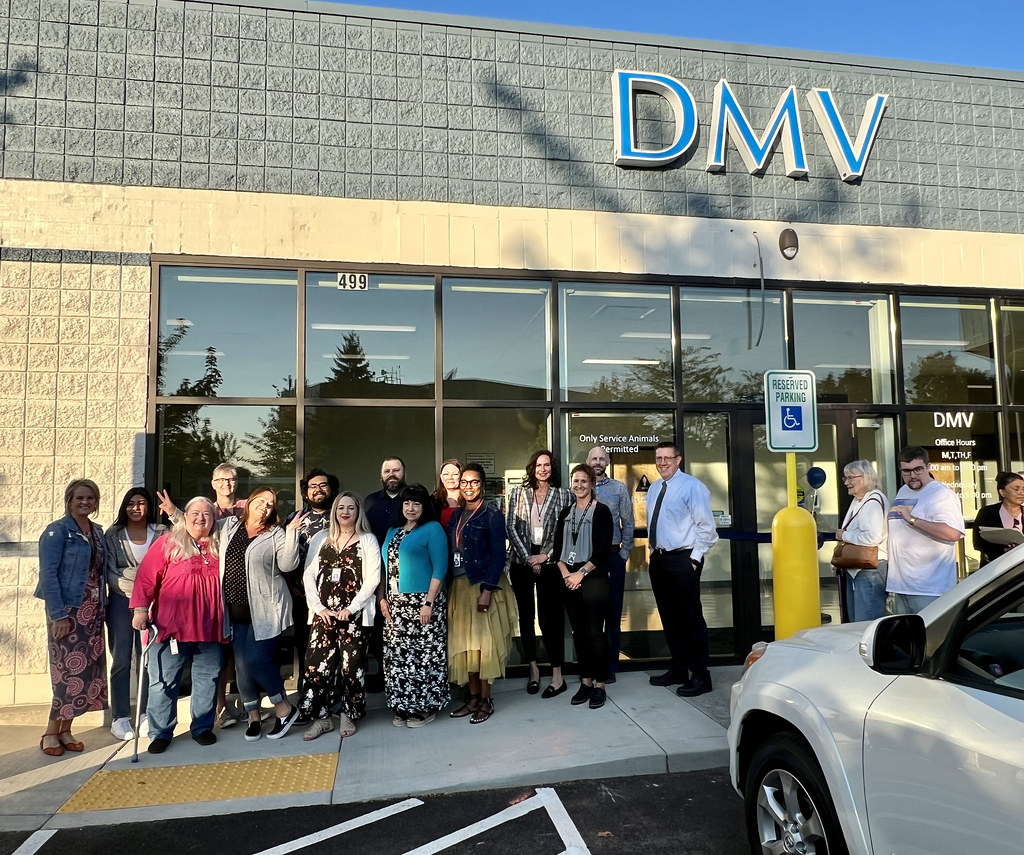
5. **DMV Consequences: Road Rage Can Cost You More Than Just a Fine**Beyond the immediate criminal charges and potential jail time, road rage incidents cast a long shadow over your driving privileges themselves, revealing another layer of unexpected penalties. The California Department of Motor Vehicles (DMV) has its own formidable set of rules, and under Section 13210 CVC, it possesses the distinct power to suspend a driver’s license specifically for road rage. This is a crucial distinction: these are “additional consequences beyond the usual legal fees” and any criminal sentences handed down by the courts. It means that even if you manage to avoid jail, your ability to drive could still be on the chopping block.
Imagine this sobering scenario: you’re arrested in a road rage case, you face fines, and you might even serve time in prison. But wait, there’s another shoe to drop! The DMV can independently decide to revoke your driving privileges, an administrative action that is entirely distinct and separate from any sentence imposed by the court. This means that even if a judge gives you probation or a lighter sentence, the DMV can still step in and pull your license, effectively leaving you without the ability to legally operate a vehicle, impacting your commute, work, and daily life.
It’s incredibly important for every driver to understand this dual threat. Road rage doesn’t just entangle you in legal trouble with the courts; it also directly jeopardizes your fundamental ability to operate a vehicle legally. This action by the DMV serves as a powerful deterrent, signaling that society views aggressive, rage-fueled driving as a serious offense that merits the removal of the very privilege that allows you to be on the road in the first place. The message is clear: losing your cool could very well mean losing your license.

6. **Insurance Implications: A Nasty Surprise for Aggressive Drivers**Here’s a truly surprising and often financially devastating twist in the road rage saga: your auto insurance might not actually have your back when you need it most. It’s a pervasive misconception that insurance will blanket cover everything, but “many auto insurance policies exclude coverage for road rage, deeming aggressive driving a purposeful and risky act.” This revelation often hits drivers with the force of an unexpected, uninsurable fender bender, leaving them in a dire financial predicament. The fine print in your policy can reveal a harsh truth.
The fundamental reason for this stark exclusion lies in how insurance companies classify aggressive driving. They often interpret actions driven by road rage as intentional misconduct, rather than accidental negligence. This means that if road rage leads to an accident, your insurance company might simply “suspend procedures,” effectively denying any claims. Suddenly, you’re left completely vulnerable, grappling with the crushing aftermath—vehicle damage, soaring medical bills, and potential civil lawsuits—all without the protective financial umbrella of your policy you thought you had.
This financial tightrope walk is something many drivers simply don’t anticipate. Drivers engaging in road rage may find themselves on a precarious path, facing not only severe legal consequences but also the significant and often unmanageable financial burden of dealing with damages without the crucial support of their insurance policy. This serves as a profoundly sobering reminder that aggressive driving carries a cost far beyond just monthly premiums, potentially leading to catastrophic personal financial exposure and an entirely unforeseen monetary nightmare.
Read more about: Are You Driving a ‘Show-Off’ Vehicle? The Top 10 Car Brands Prone to Speeding Tickets

7. **Assault vs. Battery: Understanding the Core Difference in Legal Terms**To truly grasp the intricate web of charges in a road rage incident, it’s essential to understand the fundamental legal distinction between assault and battery. While often used interchangeably, in the eyes of the law, they represent two distinct stages of aggressive behavior, each with unique definitions, evidentiary requirements, and profound consequences. Getting this crucial distinction straight is paramount to navigating the often-confusing legal landscape surrounding road rage incidents.
“Assault refers to an intentional act that causes another person to reasonably fear imminent harm.” This is the psychological component, where a credible threat places a victim in apprehension of immediate danger. Crucially, no physical contact is necessary for an assault to legally occur. Our context clarifies that “raising a fist in a threatening manner, for example, could be sufficient.” This means a driver’s menacing gestures, verbal threats, or aggressive driving maneuvers designed to intimidate can constitute assault, creating legal liability from mere perceived danger.
Battery, on the other hand, is the stark physical manifestation of that aggression, where the threat crosses the line into actual, unlawful contact. It is defined as “the actual, intentional, and unwanted physical contact with another person.” This contact can range from a harmful strike to something merely offensive. So, if that raised fist connects, or a driver physically confronts and shoves another, that unequivocally constitutes battery. The clear differentiation is this: “an assault is the threat, while a battery is the physical act.” Understanding this nuance dictates the specific charges, required evidence, and ultimate severity of legal repercussions.

8. **Criminal Threats: When Words Alone Can Land You in Hot Water**While assault focuses on creating a reasonable fear of imminent harm, road rage can also escalate into specific criminal threats, a charge distinct from mere aggressive posturing. The legal framework takes a dim view of any words or actions that intentionally communicate a serious intent to cause harm to another person, their family, or their property. This isn’t just about yelling obscenities; it’s about making someone genuinely believe they are in danger, even if no physical contact occurs or is immediately attempted.
Imagine the terrifying scenario: a driver, consumed by rage, follows you off the highway, aggressively signals for you to pull over, and then, with menacing intent, mouths specific threats of violence through their window. Such acts transform fleeting anger into a profound legal challenge, pushing beyond simple misdemeanor assault. These behaviors are often interpreted as a direct intention to intimidate and cause fear, compelling the legal system to intervene with serious consequences, especially given the inherently dangerous context of a road incident.
Indeed, the context explicitly mentions “criminal threats” as one of the severe charges an aggressive driver might face in California. Unlike a casual insult, a criminal threat requires the intent to cause fear, and the victim must reasonably apprehend that the threat will be carried out. The severity of these charges reflects society’s intolerance for behavior that disrupts public safety and peace of mind, demonstrating how even non-physical altercations can lead to life-altering legal ramifications for the aggressor.
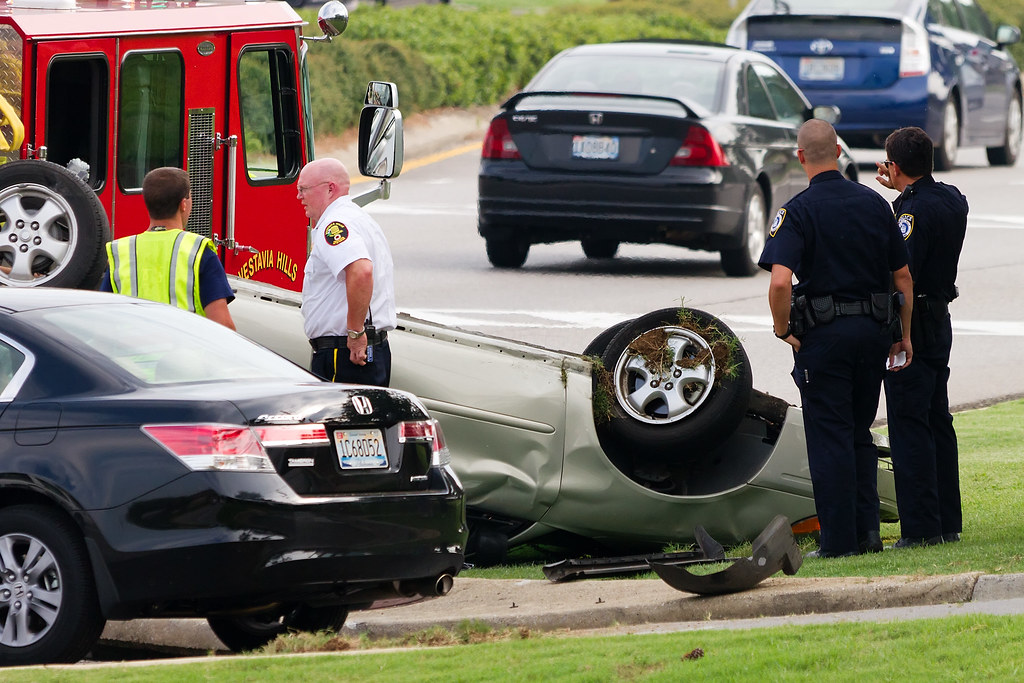
9. **Road Rage as an Aggravating Factor: Intensifying the Legal Storm**Here’s a crucial legal nuance that often surprises people: while “road rage” isn’t a specific crime you’ll find on a charge sheet in California, it acts as a powerful aggravating factor that significantly increases the seriousness of any underlying criminal offense. This means that a prosecutor or judge will consider the context of road rage as compelling evidence of heightened aggression and a blatant disregard for public safety. It effectively takes a regular crime and turns the dials up to eleven, ensuring stiffer penalties.
This isn’t just a trivial distinction; it profoundly impacts the trajectory of a case. The presence of road rage signals that the defendant’s actions weren’t merely negligent, but rather born from a violent, aggressive, and often intentional state of mind. Think about it: a simple traffic infraction becomes something far more sinister when it’s clear the driver was acting out of uncontrolled fury, rather than a momentary lapse of attention. This context can convince a prosecutor to pursue much more severe charges.
When prosecutors build their case, they’ll highlight various factors tied to the road rage aspect. Were multiple people endangered? Were there children in the car? Did the aggressor engage in exceptionally dangerous maneuvers? All these elements, when viewed through the lens of road rage, can justify enhanced penalties, transforming what might have been a minor charge into a major legal headache. It’s a sobering reminder that letting your temper take the wheel can have consequences far beyond a simple ticket.
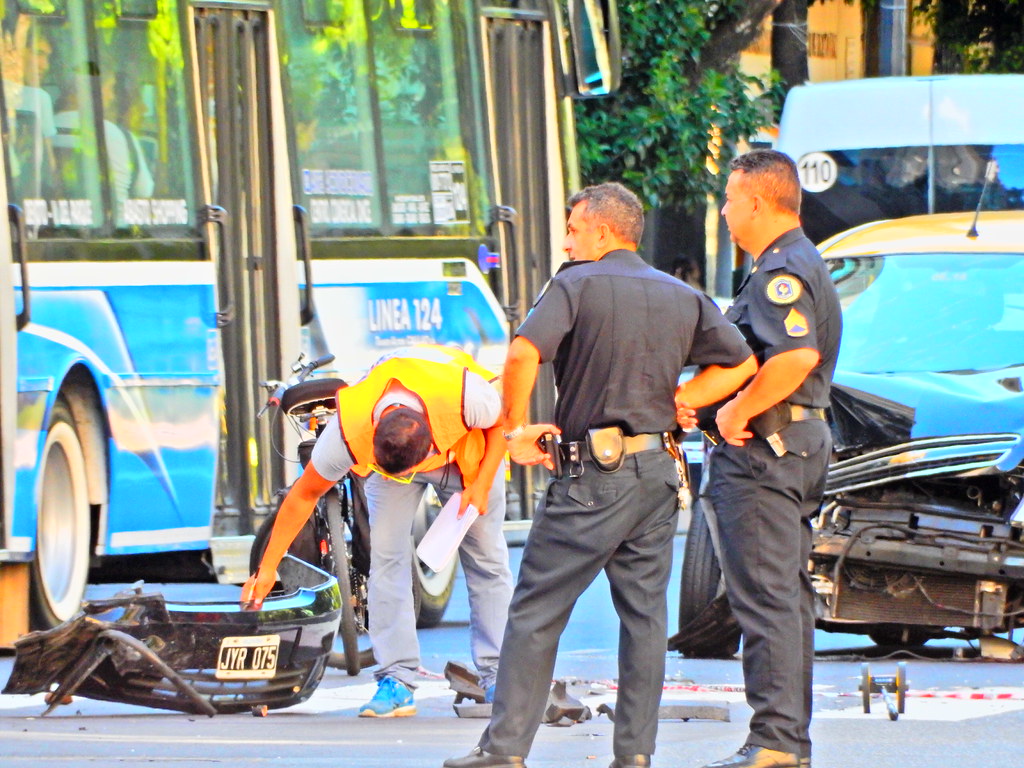
10. **Beyond Criminal Court: The Payouts of Civil Liability**Facing criminal charges is one thing, but for victims of road rage, there’s an entirely separate legal avenue for recourse: civil liability. This means an aggressive driver can be sued in civil court by the victim, a legal action distinct from any criminal prosecution brought by the state. While criminal cases aim to punish the offender, civil lawsuits are all about compensating the victim for their losses, seeking financial compensation known as “damages.”
One of the fascinating aspects of civil cases is the lower standard of proof required. A victim can often win their lawsuit and receive compensation even if the aggressor isn’t convicted of a crime in criminal court. This provides a crucial path to justice for those who have suffered. Victims can sue for various types of damages, covering tangible losses like medical bills, lost wages due to injury, and the cost of repairing their damaged vehicle – all falling under “economic damages.”
But the compensation doesn’t stop at just financial losses. Victims can also seek “non-economic damages” for the profound emotional toll: pain and suffering, emotional distress, and anxiety caused by the traumatic incident. In particularly egregious cases involving extreme or intentional misconduct, a court might even award “punitive damages.” These aren’t just to compensate the victim; they’re designed to punish the wrongdoer and act as a deterrent, sending a clear message to prevent similar behavior in the future. It’s a powerful tool for victims to reclaim some sense of justice and recover from the ordeal.
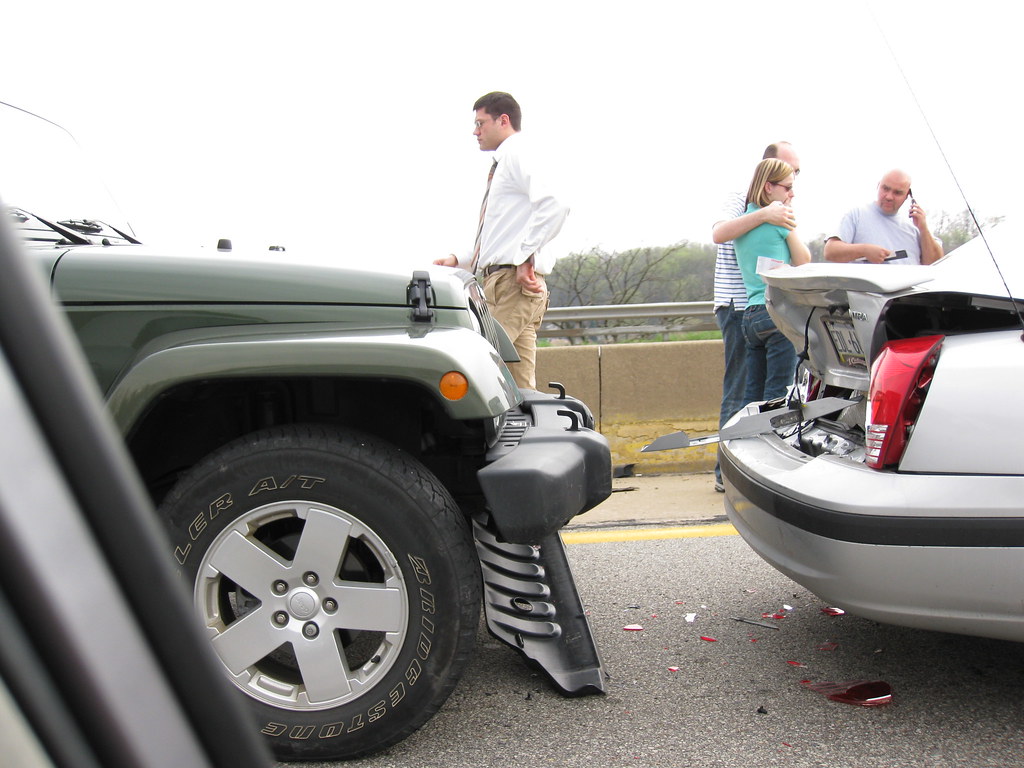
11. **Real-World Fallout: Case Studies in Jackson County**The abstract legal definitions and potential penalties become shockingly real when we look at actual incidents. Jackson County Prosecutor Melesa Johnson recently shone a spotlight on several felony road rage cases, underscoring the severe legal consequences that can erupt from a moment of anger on the road. Since 2022, her office has handled approximately 19 cases where road rage escalated into assaults, vehicular injuries, or even the use of firearms, with four cases already charged in the current year.
Consider the chilling example of Adam Burnett, charged with Unlawful Use of a Weapon and Armed Criminal Action. His alleged offense? Chasing and firing at a vehicle that had cut him off. This single lapse in judgment could lead to a sentence of five to 15 years in prison – a staggering price to pay for a traffic annoyance. Then there’s Christian Eubanks, facing similar weapon charges, along with Endangering the Welfare of a Child, for allegedly firing at another vehicle with his toddler in the car. The repercussions extend beyond the immediate confrontation, impacting innocent lives.
Joshwa Pearman faced Unlawful Use of a Weapon and Armed Criminal Action for firing at another vehicle during a road rage incident. In a different vein, Brian K. Watson was charged with 1st Degree Assault and Leaving the Scene of an Accident after allegedly striking a pedestrian with his car and fleeing – notably, he had a history of road rage incidents. And in a tragic culmination, Isaiah Francis was charged with 2nd Degree Murder and Armed Criminal Action in connection with a fatal road rage incident. These cases vividly illustrate how swiftly a temporary annoyance can escalate into tragedy, leading to profoundly life-altering consequences for all involved, from imprisonment to the loss of life itself.

12. **Weaponizing the Road: The Sobering Rise of Firearms in Road Rage**While using a vehicle as a weapon is already a felony, a far more terrifying trend is the alarming increase in road rage incidents involving firearms. The statistics are stark: nationwide, these incidents doubled from 2018 to 2023, resulting in hundreds of people killed or wounded every year. This escalation introduces an entirely new and deadly dimension to aggressive driving, transforming a heated argument into a potentially fatal confrontation in seconds.
The presence of a firearm radically intensifies the potential criminal charges. An aggressor might face “Unlawful Use of a Weapon” or “Armed Criminal Action,” charges that carry exceptionally severe penalties, as seen in the Jackson County cases. It demonstrates a profound disregard for human life and public safety, moving beyond simple anger into premeditated violence. This isn’t just about brandishing a weapon; it’s about the explicit or implicit threat of deadly force in an already volatile situation.
Prosecutors scrutinize these cases with extreme prejudice, viewing the introduction of a firearm as an undeniable aggravating factor. The intent to cause harm, coupled with the means to do so instantly and lethally, drastically alters the legal landscape for the aggressor. It sends a clear message that such extreme acts of aggression will be met with the full force of the law, aiming to deter behavior that turns our roadways into battlegrounds.
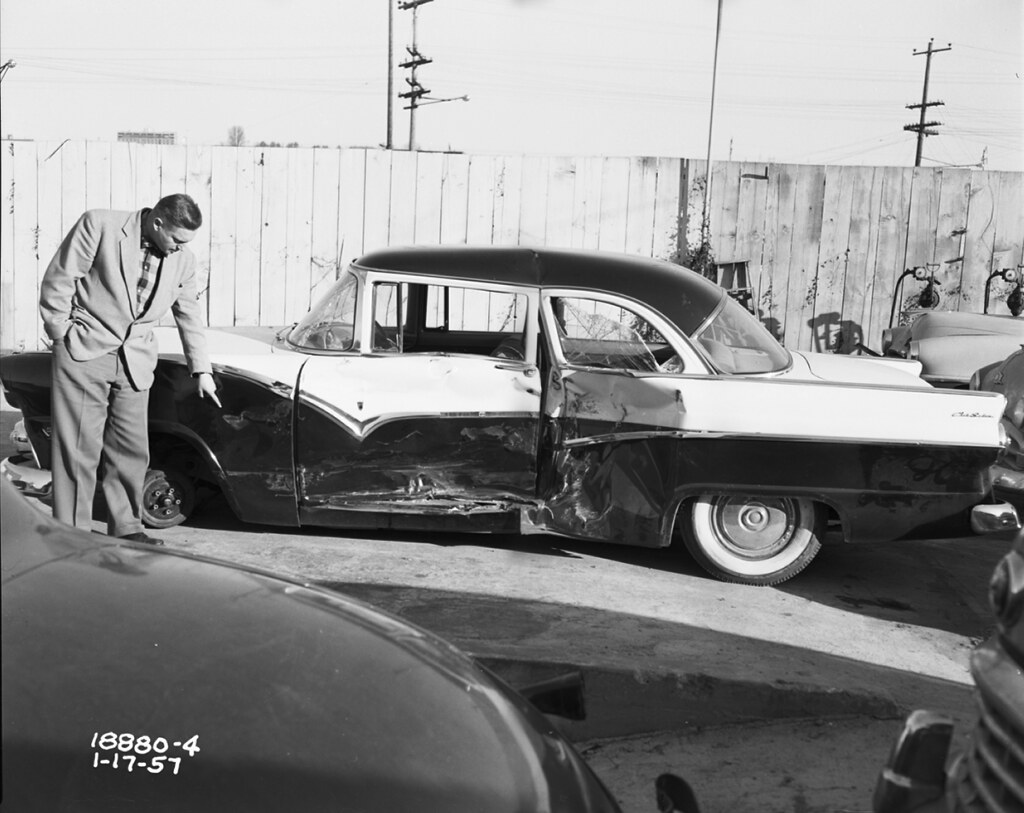
13. **Protecting Your Rights: What to Do After a Road Rage Incident**Being a victim of road rage can be a terrifying experience, but knowing the appropriate steps to take can be crucial in protecting your rights and ensuring justice. First and foremost, if you find yourself in such a situation, it’s vital to remain calm and prioritize safety. Do not engage or retaliate, as this can escalate the situation and potentially jeopardize your legal standing. Move to a secure location, away from the aggressor, as soon as it is safe to do so.
Once safe, immediately call the police and file a detailed incident report. This is your first crucial step in documenting what occurred. Make sure to gather as much information as possible: the other driver’s license plate number, vehicle description, and any contact details if obtainable safely. If possible and safe, take photos of any damages to your vehicle, the scene, and gather statements from any witnesses. These details are invaluable for building a strong case.
Seeking necessary medical attention right away, even if injuries seem minor, is also paramount. Documenting these injuries not only ensures your well-being but also builds a reliable foundation for potential claims, whether criminal or civil. Lastly, you must report the incident to your insurance company. Provide accurate information, but be cautious about offering details that could falsely declare your fault or give too much information prematurely, as this can affect your claim or potential legal proceedings. Consulting an attorney at this stage can be incredibly beneficial in navigating insurance claims and potential legal actions.
Read more about: Car Accident Recovery: A Detailed Step-by-Step Guide From Scene Documentation to Insurance Navigation

14. **The Lawyer’s Role: Navigating the Legal Labyrinth**When caught in the aftermath of a road rage incident, whether as a victim or, regrettably, as an aggressor facing charges, the legal landscape can be a bewildering maze. This is precisely where an experienced personal injury attorney or criminal defense lawyer becomes an indispensable guide. They possess the expertise to comfortably navigate complex legal proceedings, ensuring the just protection of your rights and guiding you through every intricate step.
For victims, an attorney plays a pivotal role in assembling a solid case. They help collect and present crucial evidence, from police reports and medical records to witness statements and dashcam footage. Their guidance is invaluable for directing negotiations with insurance companies, managing settlements, or representing you during trials. Understanding California state vehicle codes and their often-complicated legal explanations is second nature to them, empowering victims to secure the compensation they deserve for physical injuries, emotional trauma, and property damages.
For those facing charges, legal representation is equally vital. An attorney can work to mitigate penalties, explore defenses, and ensure due process. They can challenge evidence, negotiate with prosecutors, and represent you in court, often making the difference between severe penalties and a more favorable outcome. In a world where a moment of rage can lead to a lifetime of consequences, having competent legal representation is not just an advantage—it’s a necessity for understanding the legal process and protecting your future.

15. **Steering Clear: Strategies to Avoid Road Rage and Its Legal Traps**While understanding the legal ramifications of road rage is crucial, the ultimate goal is prevention. Avoiding these incidents altogether is the most effective shield against the myriad legal and financial problems they cause. Navigating the road demands emotional maturity and a deep sense of responsibility, recognizing that a momentary outburst can lead to life-altering consequences for everyone involved.
One of the most effective strategies is self-awareness: recognizing and managing your triggers before they escalate. Maintain a safe distance from drivers displaying aggressive or unsafe behaviors. Embrace defensive driving techniques, which help you anticipate potential issues and respond rationally, rather than emotionally. This means letting aggressive drivers pass, avoiding eye contact, and never, ever using aggressive gestures or language, as it only serves to escalate tensions.
Even seemingly minor actions, like excessive honking, can be misinterpreted and provoke further aggression. The key is to de-escalate, move away from the situation, and get to a safe location as quickly as possible. If you feel threatened, calling 911 or driving to the nearest police station, hospital, or fire station is the safest course of action. Practicing these responsible driving strategies can significantly reduce the risk of road rage incidents and protect you from falling into their expensive and freedom-jeopardizing legal traps.
Road rage is an escalating issue on our roadways, carrying with it a daunting array of legal and financial implications. The journey from a fleeting moment of anger to a courtroom battle can be terrifyingly short, impacting not only the aggressor but also innocent victims. As we’ve explored, the consequences range from hefty fines and jail time to license suspensions, denied insurance claims, and significant civil liabilities for damages and emotional distress. Real-world cases serve as stark reminders of how quickly a simple commute can transform into a life-altering tragedy.
Ultimately, knowledge empowers us. Understanding the legal definitions, the role of road rage as an aggravating factor, and the critical steps to take as a victim or in prevention can equip every driver to make wiser choices. It’s paramount for every road user to grasp these ramifications, not just to protect themselves from being a perpetrator, but also to steer clear of becoming a victim. Prioritizing calmness, courtesy, and responsible driving isn’t just about following the law; it’s about safeguarding lives, livelihoods, and the peace of mind that comes from a safe journey. Let’s collectively champion a culture of patience and mutual respect on the asphalt, ensuring our roads remain pathways to freedom, not arenas of rage.



